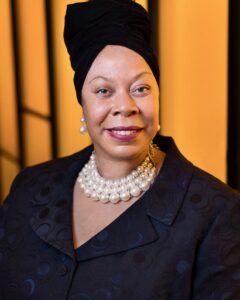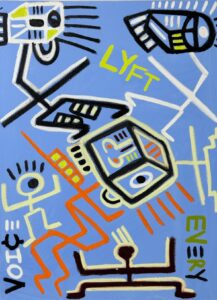The Tulsa Race Massacre, May 31-June 1, 1921, has been identified as the worst “race riot” (riot is a misnomer) in the history of the United States. The community of Greenwood, known across America as “Black Wall Street,” was one of the most affluent African American communities in America. It was a self-determined all-Black community within Tulsa’s city limits. Famed for having all the markers of any thriving metropolis—businesses, entertainment, professionals, health services, hotels, home ownership, and proud people—the Greenwood District was a shining example of African Americans living in prosperity.
The City of Tulsa, OK, settled in 1828 by the Creek Indians in what was Indian Territory, grew from being tribal land with a trading post to railroad stop for the cattle industry to urbanization during Reconstruction and an oil town prior to statehood. Confederate culture blended with Indian life, and an ideology of freedom mingled with self-determination, Tulsa became a land of opportunity in Black and white and a prominent example of living “separate” combined with the social intolerance that exemplified social “inequality.” Separate but equal was the law of the land, but separate and unequal was the unwritten law of the white Tulsan heart. The event that precipitated the massacre began with a failed lynching that, in actuality, resulted in an entire cultural center being destroyed.
Popular descriptions of the massacre often misrepresent the context of the Greenwood District and the details of the violence. A white mob attacked Greenwood and as many of three hundred people were killed. Nearly every significant structure within the community was destroyed. Before Pearl Harbor was bombed by a Japanese aerial assault in 1941, Black Wall Street was bombed by a white Tulsan aerial assault in 1921. After Indian internment camps but before Japanese internment camps, African Americans who survived the assault in Tulsa were placed in a concentration camp like contraband during the Civil War. The history of the massacre continues to reverberate throughout Tulsa and America.
This lectureship commemorates the race massacre, suggests the lessons the history offers, and interprets the historical legacies that must be confronted. Looking back on the prominence of Black Wall Street, the role of faith within the community should not be underestimated. Within the approximately 40 city blocks that constituted Greenwood, there were 13 churches, which meant at least one church existed every three blocks. Socialized within an America that held the belief that prosperity was a sign of God’s blessing, and inheriting an African spirituality that held there is no separation between the sacred and the secular, the residents of Greenwood no doubt believed their success was God ordained. Just as religion is a synthetic feature of African cultures, religion and spirituality were the glue that help the people of the decimated Greenwood to survive. Engaging Greenwood’s prosperity as evidence of faith, and conceiving the devastation as the destruction of the household of faith, shifts the gaze from the aesthetics of inanimate buildings to the stories of human lives. The traumatic end of Greenwood is the story of how easily the Image of God can be distorted and destroyed as well as the power of resilience and resistance.



